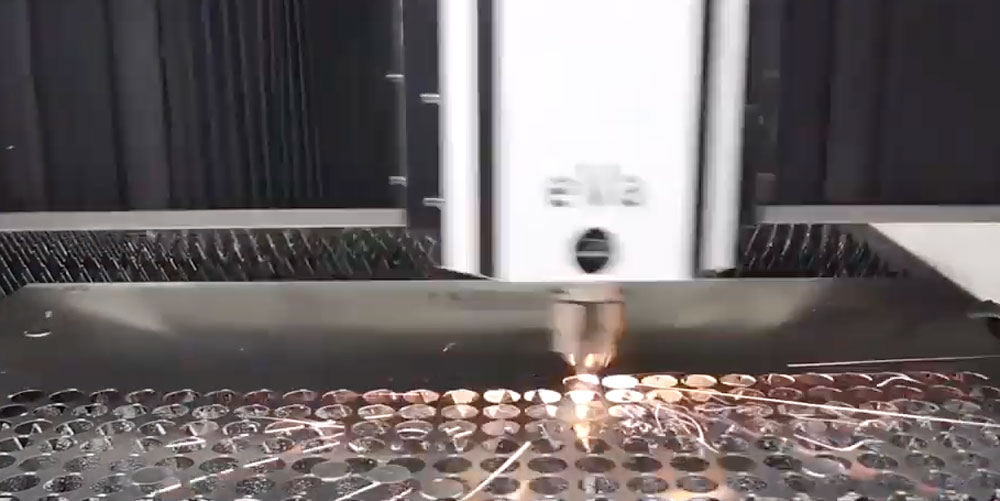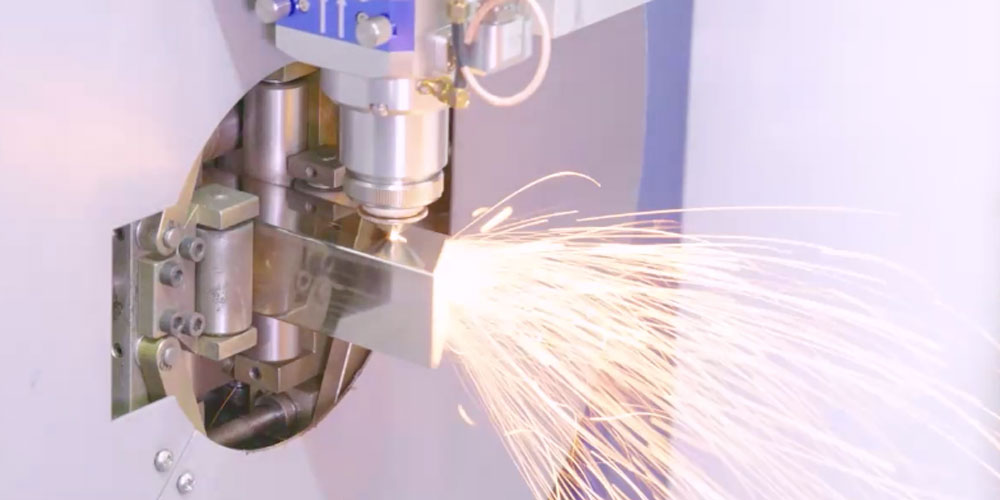
The last few years have seen a rapid increase in the adoption of Fiber Lasers. Advancements in technology have made it possible to manufacture high powered and astonishingly fast laser machines which have improved productivity to ever newer heights. They are turning out to be the best investment in metal cutting and fabrication equipment for their high precision, speed, and efficiency, but yes, the investment is one of the largest that a shop makes. This obviously calls for taking the utmost care in the maintenance of the machine to ensure long life and reliability. While Fiber Lasers tout low maintenance, they still need regular care to keep them running smoothly.
Simple Steps for the Optimal Performance and Longevity of Fiber Lasers
If you’re not cutting, you should be cleaning
The most basic maintenance tip is keeping the equipment clean. Dust, metal debris, grease, and grime can build up on key parts of the machine, including processing areas, support slats, scrap drawers, slugs, and pallet ways. If left unchecked for long, they can affect the machine's performance, cause it to deteriorate, or create a thermite hazard. Excessive build-up can create material handling difficulties, affect cut consistency, accuracy, and overall productivity. So, ensure your fiber laser cutting machine is well cleaned after every job, and slag drawers and bins are emptied before attempting a new cut.
You want to pay special attention to all the running surfaces, particularly the linear rails, gear racks, and ball screws. These surfaces should be thoroughly cleaned every week. Inspect the bellows monthly and replace them promptly once you notice they're torn or broken. Clean the conveyors, the area under the pallet changer, and the filters on the control cabinet. Lastly, inspect the scrap bins and the cooling fans.
Chiller
The water chiller should be running in top condition to ensure the machine performs as expected. Regularly clean the radiator and condenser, check the circulating water levels, check joints for leaks, check water quality, and clean impurities on or replace the filter element annually.
Protective Lenses
The critical focusing optics in the laser head are protected by a special lens that stops splatter from the piercing and cutting operations. This lens must be inspected regularly (follow OEM instructions) and cleaned to ensure the laser beam is not distorted. Any damage whatsoever should result in the outright replacement of the lens.
Lubrication
Lubrication is a crucial part of the maintenance routine of any machine. It reduces friction, prevents moving pieces from wear, absorbs shocks, and protects the machine from corrosion. Many machines are now equipped with automatic greasing systems making this critical function easier to manage. Always ensure the central grease reservoir is filled with the proper lubricant and does not go below the lower limit of the system. This will prevent air from contaminating the circuit. A visual inspection of the lubricated components (linears bearings for example) should confirm the presence of a thin film of grease.
Only Allow Experts to Handle the Machine
Only allow well-trained personnel to conduct maintenance operations. Ensure your fiber laser cutting machine's installation, daily operation, and maintenance are performed by experts with technical knowledge and skills. In doing so, you can prevent errors leading to downtime, costly repairs, and safety concerns.
In conclusion, proper maintenance and upkeep are critical to failure-free and high efficiency operation of fiber lasers. By following these tips, you can ensure that your fiber laser operates at optimal levels and lasts for many years to come.












Comments
Add Comment